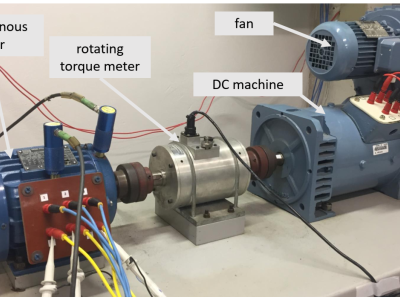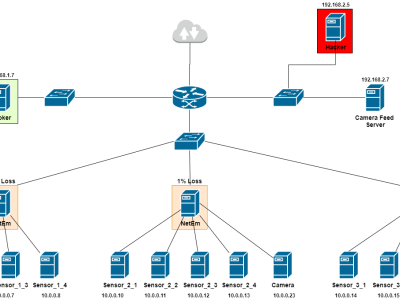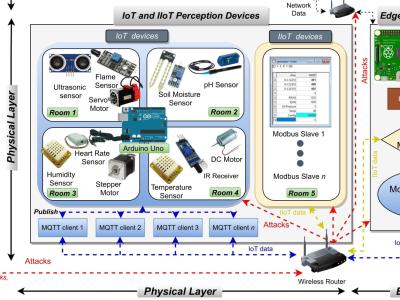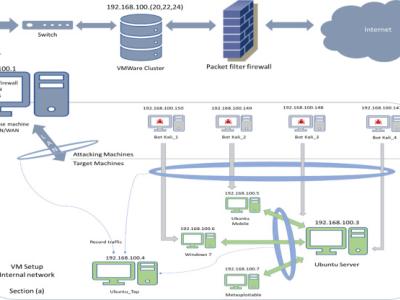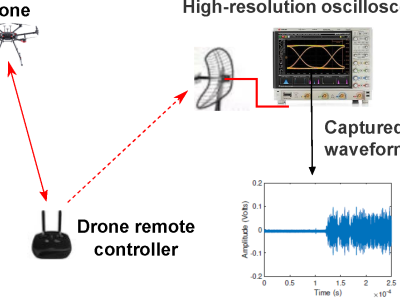A Dataset of Thermal Infrared (TIR) Images of Vineyards and Pseudo-coloring RGB Images of the Plant’s Stressed Areas.

- Citation Author(s):
-
Georgios Fevgas
(Department of Computer Science, International Hellenic University, 65404 Kavala, Greece)
Thomas Lagkas (Department of Computer Science, International Hellenic University, 65404 Kavala, Greece)Vasileios Argyriou (Department of Networks and Digital Media, Kingston University, Surrey KT1 2EE, UK )Panagiotis Sarigiannidis (Department of Informatics and Telecommunication Engineering, University of Western Macedonia, 50100 Kozani, Greece) - Submitted by:
- Georgios Fevgas
- Last updated:
- DOI:
- 10.21227/pgat-ha40
 1096 views
1096 views
- Categories:
- Keywords:
Abstract
This dataset consists of high-resolution visible-spectrum (RGB) and thermal infrared (TIR) images of two vineyards (Vitis vinifera L.) with varieties of Mouhtaro and Merlot, which was captured by Unmanned Aerial Vehicle (UAV) carrying TIR and RGB sensors three times in a cultivation period. The RGB and TIR images are used initially for the vineyards' canopy isolation from the soil and the detection of the leaves' stomatal closure, considering the temperature values differences of the plant's canopy, to generate RGB images with pseudo-coloring of the stressed areas in vineyards' canopy. The dataset contains 1659 raw TIR images and 596 RGB images with pseudo-coloring where plants' stressed areas exist, aligned, and cropped based on the TIR images' Field of View (FOV).
Instructions:
The dataset consists of two main folders corresponding to the vine variety (i.e., Merlot and Mouhtaro). In each of the main folders, there are three folders according to the date of images captured with names on the corresponding dates; in each folder of them, there are another two folders where the first folder with the Thermal, contains a total of 1659 TIR images in R-JPG format with a resolution of 640 x 512 pixels with the associated metadata. The second folder, named Stressed, contains a total of 596 cropped and aligned RGB images in JPG format according to the FOV of the TIR images with pseudo-coloring where stressed plants’ areas exist.


